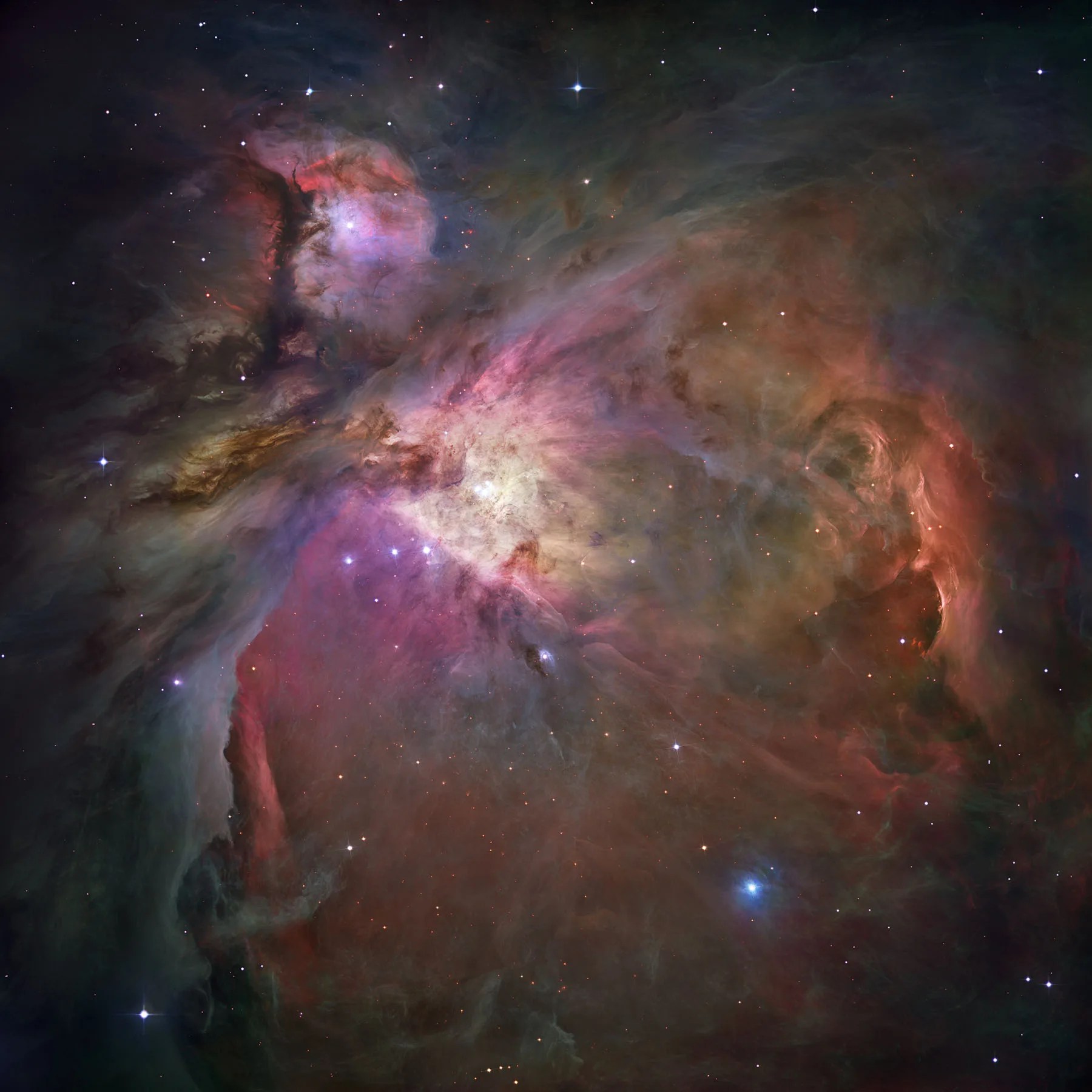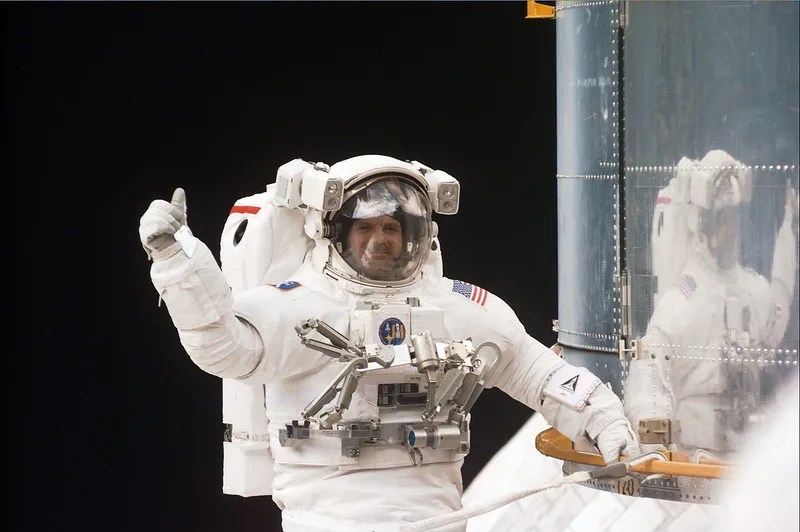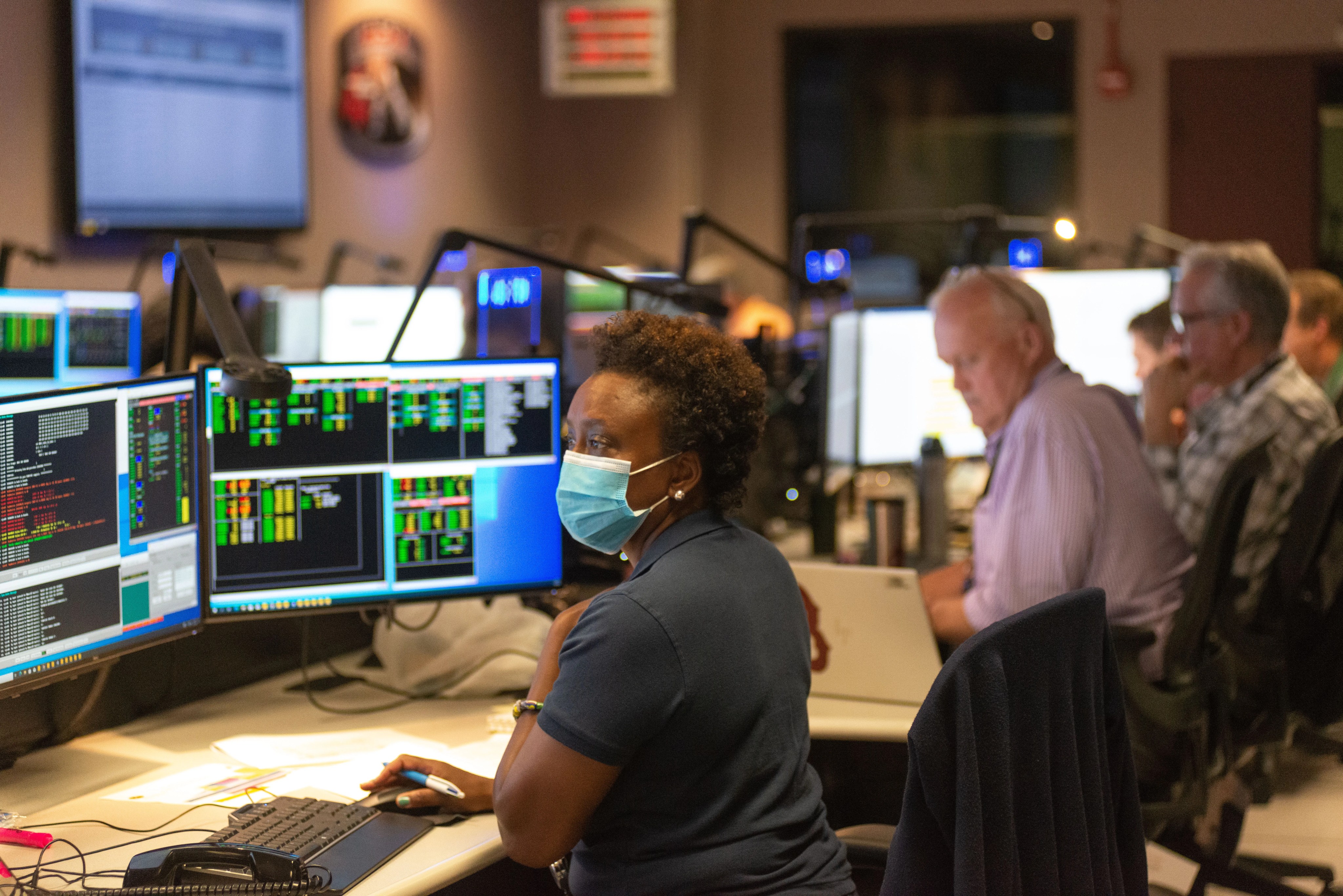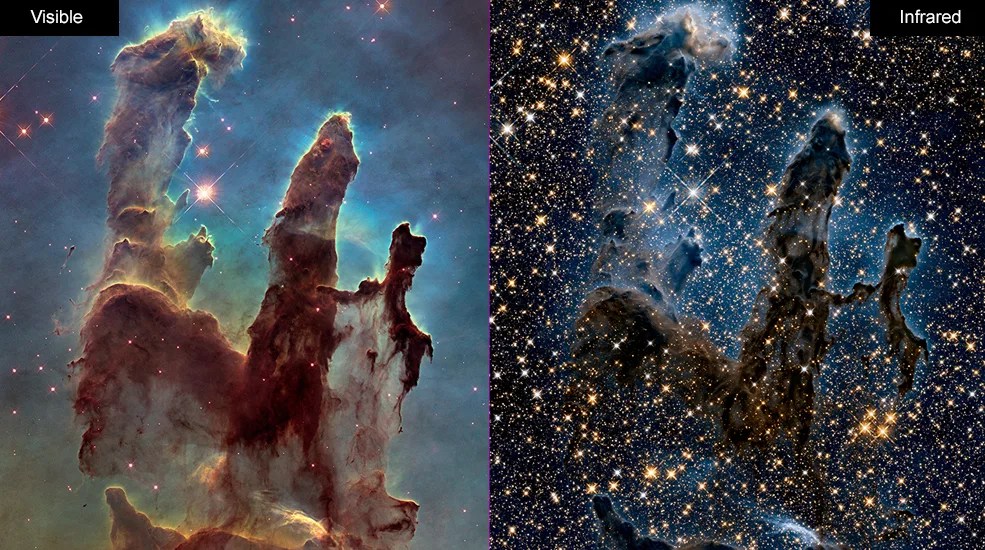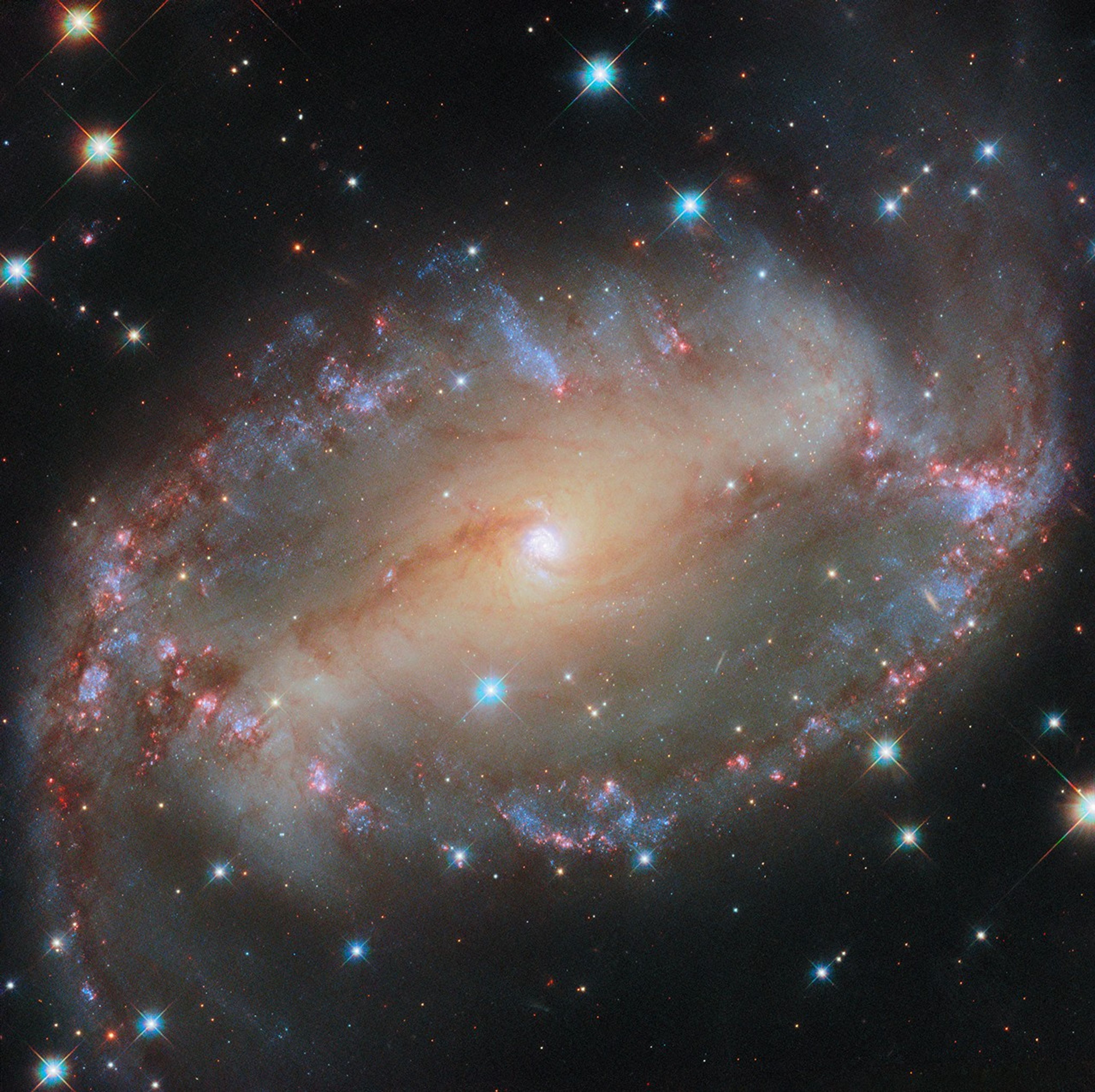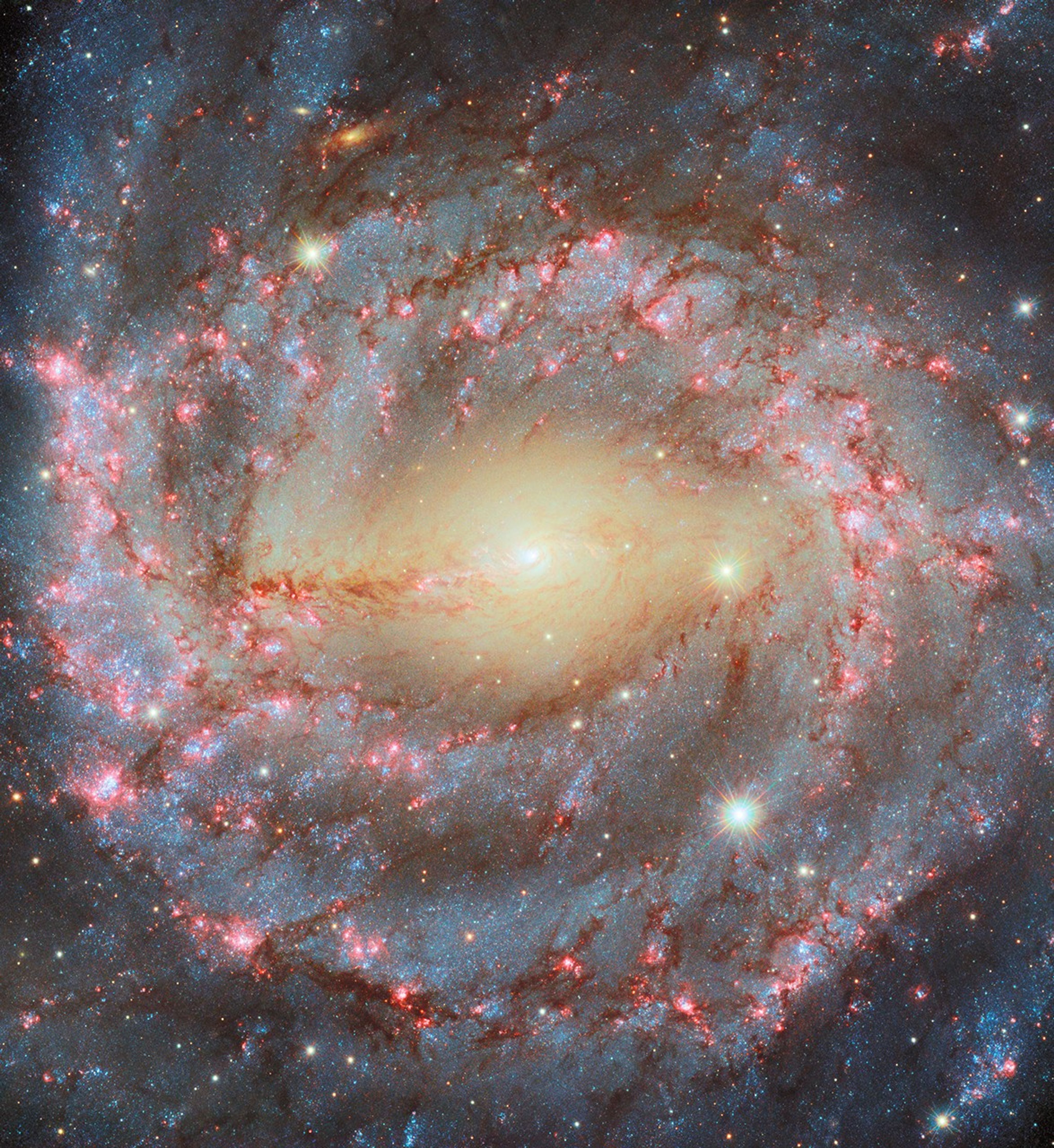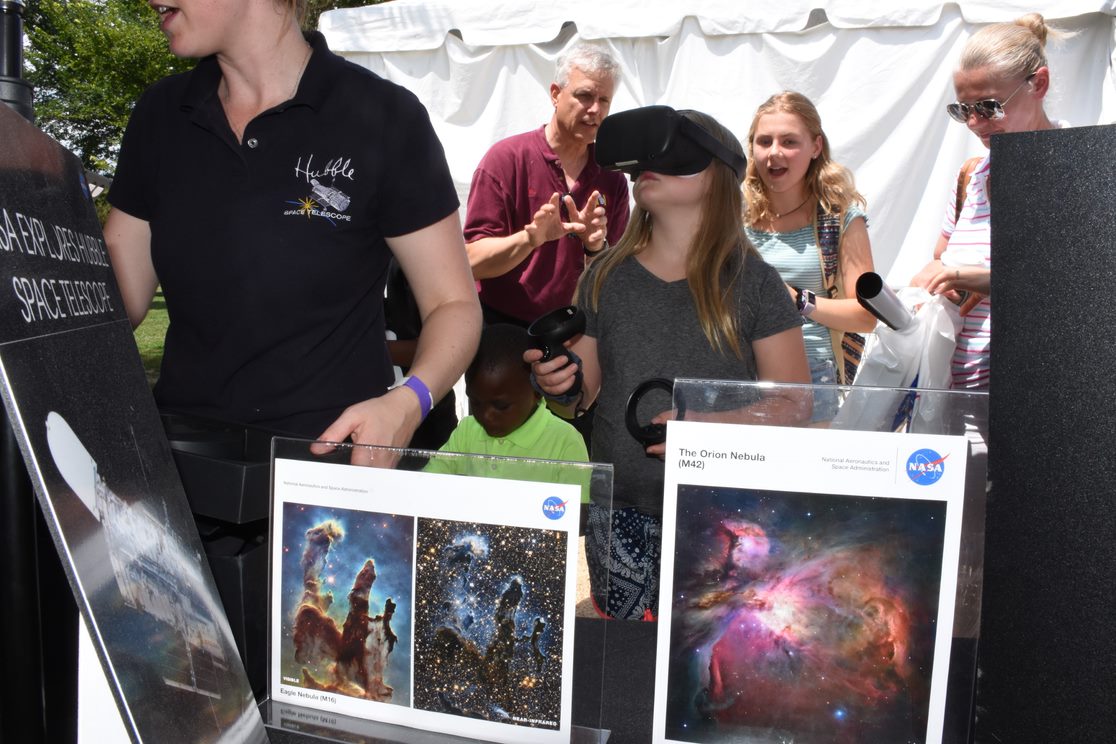
Hubble launched into space with lofty science goals aimed at helping define the age and size of the universe. And it accomplished those objectives, but its observations were so significant, and its images so powerful in capturing the imagination, that it also succeeded in driving vast and persistent attention to the study of the universe.
Hubble’s rise into orbit coincided with the rise of the internet, and a curious public found a frequently replenished treasure trove of visually stunning content in Hubble images, earning the telescope a growing audience of followers who checked its website for the latest pictures or had them delivered straight to their inboxes.
My daughter is a pediatric physical therapist in Atlanta. She called last night to tell me about a patient who was excited about something she did in school yesterday. The little girl explained that the whole class went on the NASA website and looked up the Hubble Space Telescope image for their birthday. She explained that the image for her birthday was Jupiter and went on to tell her about Jupiter. Hubble is inspiring classrooms of 2nd graders!

From a message to the Hubble Team
Hubble’s accessibility let teachers, parents, and children alike track the preparation and share in the excitement of the Hubble servicing missions and become familiar with the telescope, its instruments, its astronauts, and its accomplishments.

This brew of imagination-capturing imagery, captivating human stories, and scientific revelation pushed astronomy out of scientific papers and into the public imagination. Galaxies, nebulae, star clusters and more were suddenly visible to everyone who cared to look in detailed, multi-hued glory. Is it any wonder that people would try to find out more about what the objects were, how they worked, and what it meant about humanity’s role in the cosmos?


